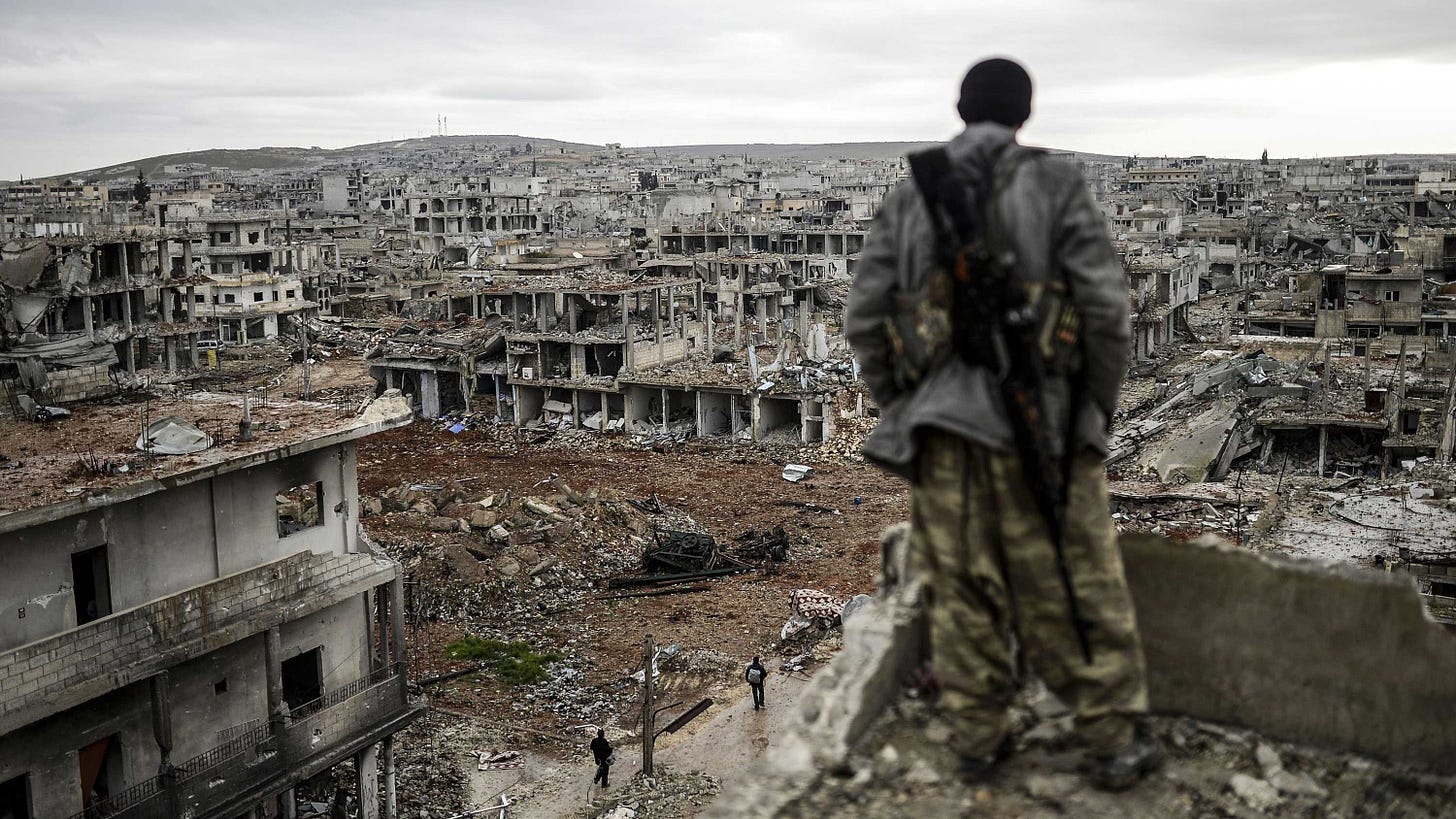The New Way of War is the Old Way of War
What is the impact of wars of attrition on ageing populations with many families only having one child, or at best one son?
There is a lot of wishcasting when it come to talking about "the next war." A lot of money is to be made in peace selling a vision of what people desire the next war to be; a fast war, an easy war, a war fought on our ethical spectrum with the weapons we like, on a timescale that works best for us.
History teaches that war does not work this way. No one gets the next war exactly right, but some get it partially right. That is why you need to be suspicious of single points of failure or any cult-like following of concepts or personalities that make this historically hard seem easy.
There is one thing that you can count on when it comes to big or even medium wars; they will last longer than you think. You will also find out in the first few months what you bought in to works or does not work; what kit you need more of, what you have in excess.
In those few months you will also see something else come out in stark relief against the background; the hints about what this war would be like were there all along in bits and shadow from the small and medium sized wars in the decade or so prior to the big one. The longer an army or navy is at peace before the next war, the greater the delta will exist between theory and reality.
As we've discussed here, there are examples of small conflicts going on right now that are providing invaluable lessons that should be the center of our attention. Most of the lessons from these conflicts - Ukraine, Syria, and Libya are just three - are land centric, but in all three places there are some useful lessons in the maritime sector on the margins.
While it is easy or comfortable to discuss things on the tactical level, or as in the above paragraph service specific topics, on Syria, what are a few things we should be looking at - on the strategic level?
Eyal Berelovich over at Military Strategy Magazine has a great overview of the long Syrian Civil War. In line with the bias towards long wars, this one bit rang especially true;
Attrition-based warfare ... proved to be an operational concept that allows the Syrian army to overcome its enemies. The question is will it affect the future structure and military strategy of the Syrian army:
...
...it is plausible to think that the army will be made of two armies: one that can execute offensive operations to limited geographical objectives and another that will be able to only do defensive operations. Both armies will have sufficient fire power to attrite enemy forces while minimizing the damage the enemy could cause them.
Other nations are learning this lesson. They have nurtured a briar patch they will love for someone to jump in to.
While some potential opponents will pay attention to these lessons - which parallel what we are seeing in Ukraine and Libya - I don't think we are likely to want to take these lessons onboard. They are unpleasant. They are not in line with how our republic likes to fight its wars.
Additionally, there is a modern twist here that I'm not sure how to fully see how it plays out.
For all of modern history, waring nations were young and growing with high fertility rates. What if the nature of war has not changed as much as human demographics have changed? What is the impact of wars of attrition on ageing populations with many families only having one child, or at best one son? How do they respond differently based on the system of government they exist under?
If you properly examine these questions, how do you arrange your force structure and OPLANs?
Leaving the strategic questions and returning to a service specific question; does the 2021 USN look more like the IJN or USN prior to WWII when it comes to the ability to fight a naval war of attrition?
If wars of attrition are the old/new of the 21st Century ... how do we posture our military and industrial base to flex to that need?





Which pre-war USN are we referring to here....the one actually afloat on December 7, or the Two-Ocean Navy Act one? Because I thought it was accepted that there was something of a strategic pause for a good chunk of '43 because both sides had exhausted themselves somewhat by that point in time....especially in carriers (and for the Americans, cruisers). The Japanese never did replenish; we did, but because we started building a year and half before the war began.
What if we hadn't? How would that have affected the war in Europe, in the sense of having to juggle need for getting the fast carrier task forces built with the need for landing craft and ships...at the same time as needing escorts and CVEs to fight the U-boat menace. How much further would D-Day have been delayed (if any) if we didn't start building the fleet we did in 1940, but in January, 1942, and what would that have then meant for the Soviet advance into Germany--do they get further west before V-E day? Do we get into France at all? Are they delayed more by a last minute switch of troops from a quiet Western front with an intact Atlantic Wall (as Poland falls) so that it all falls out in the wash--we don't invade until latter part of 1944 or early '45, but France becomes a cakewalk with no hedgerow fighting, no Falaise pockets, and no Bulge.